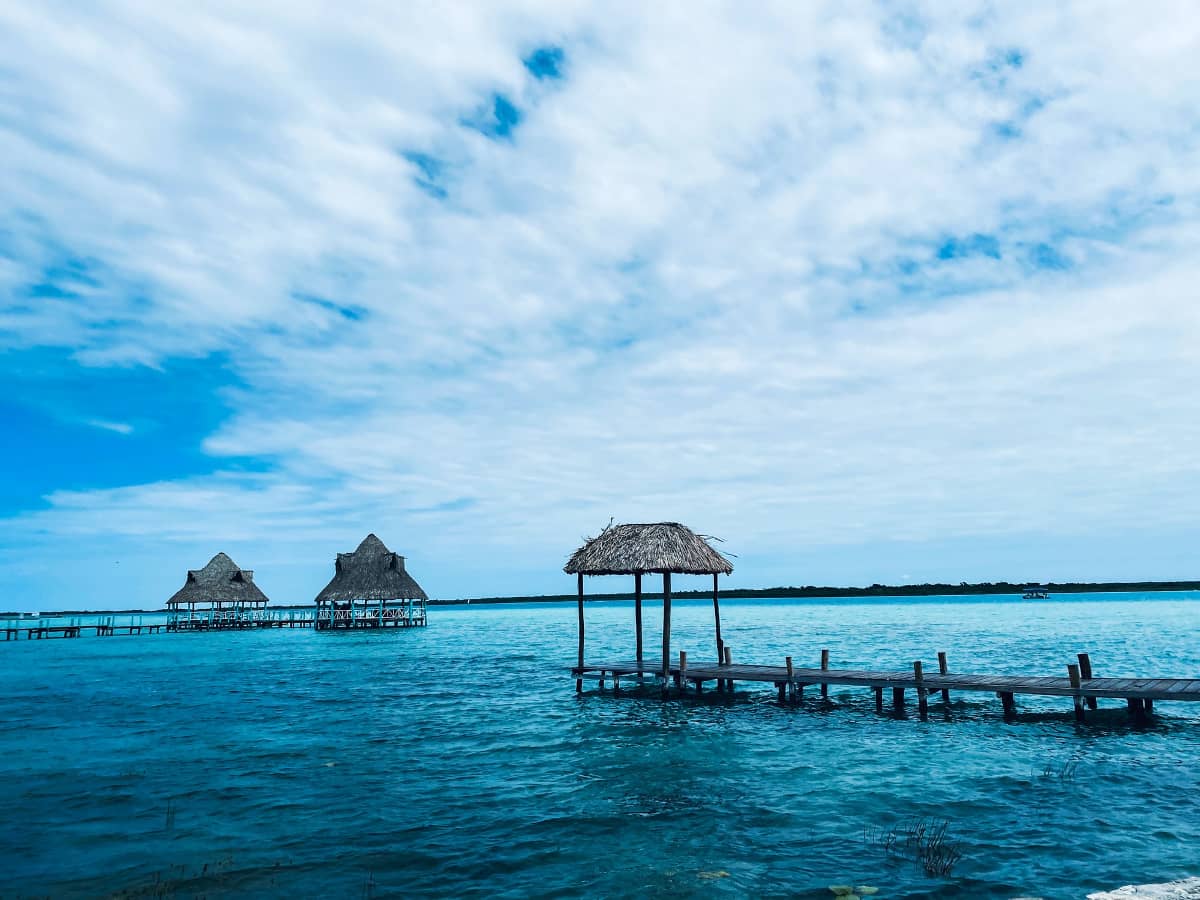Exploring the rich history and modern development of Quintana Roo, Mexico
Discover the rich history of Quintana Roo, Mexico - a state known for its Mayan heritage, colonial vestiges, and marine paradise on the Caribbean Sea. Quintana Roo offers a unique blend of history, civilization, and modernism.

Evoking the state of Quintana Roo, located within the Yucatan Peninsula in Mexico, leads us to accumulate retrospective images: the Mayan culture and its wisdom; the surprising computation of time achieved by its priests; the luxury that characterized its leaders, and the magnificence of temples, palaces, stelae and paintings that have endured through time as silent testimonies of a past that still jealously guards many of its ancestral secrets.
Later, the colonial vestiges remind us, among other things, of the frequent incursions of piracy in the XVII and XVIII centuries, which, avid for booty, ravaged the coasts of the Mexican Caribbean assaulting the Spanish galleons loaded with riches from the Spanish possessions of Central and South America.




